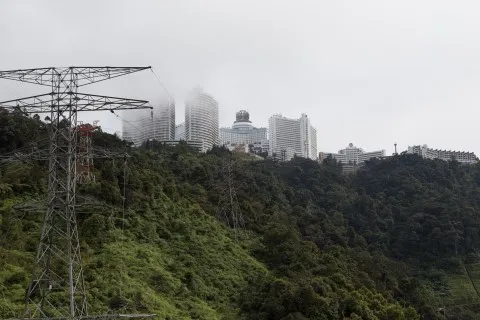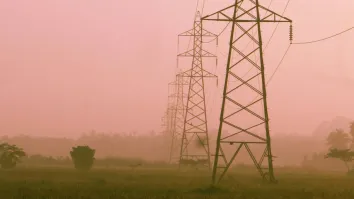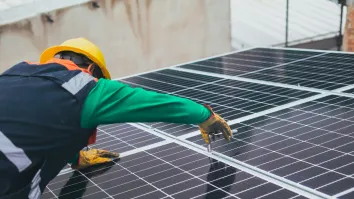
China's power sector overcapacity to stretch beyond 2020
Power firms added 149GW of new capacity last year despite flat growth in demand.
China's power sector faces significant uncertainty as overcapacity reaches unprecedented levels, and will likely worsen for two more years before gradually stabilizing after 2017, according to new analysis from IHS Markit.
According to the latest IHS Energy report, China's power companies brought online 149 GW (gigawatts) of new capacity last year, representing more than 40 percent of world's capacity additions, while demand growth was almost flat. Looking ahead, IHS Energy predicts that about 110 GW of new plants will come online during in 2016 alone – and this already assumes some project cancellations and delays. The pipeline of new generation capacity remains strong, with many of these plants having already started construction or placed equipment and engineering orders.
“The divergence in power demand between China's domestic sector and heavy industries will become even more pronounced as the country continues its pivot toward a more service-led economy,” said Xizhou Zhou, senior director at IHS Energy. “This means China's power consumption overall is going to shift into the slow-moving lane for several more years to come.”
According to the report, a key cause for the slowdown in power consumption is that China has experienced a ‘hard landing' for its industrial economy. Industrial loads account for roughly 70 percent of China's electric power consumption. Of that, more than 80 percent is from heavy industrial sectors such as steel and aluminum smelting.
Meanwhile, non-heavy industry sectors still consume more electricity at a fast pace – for example, residential and commercial demand grew by 11.5 percent during the first three quarters of 2016 – but industrial demand only increased by 3.3 percent, dragging overall demand growth.
Looking ahead, the report shows that the power demand outlook for China will be about 16.7 percent higher in 2020 compared to 2015, but total generation capacity will likely be up by 30 percent (with dependable capacity up by 22 percent during this five-year period of study). As a result, the system reserve margin will still be higher in 2020 than in 2015.
“It is clear that China's power sector is going through the typical cycles of the power industry,” Zhou said. “However, in the absence of a much stronger government policy push – and the teeth to ensure that the industry and local governments comply – the overcapacity problems will get worse over the next few years.”
The IHS Energy report also suggests that all power generation technologies –from coal to gas to renewables and nuclear – will face the risk of lower capacity factors as the grid forces units to lower utilization hours.
Despite China's Renewable Energy Law, in which it mandates that all renewables ‘must dispatch' to the grid, the curtailment of wind and solar power additions is increasingly a challenge. This is mainly because capacity additions have been rapid, yet renewable resource-rich provinces in western China do not have enough local demand to support all new generation projects, and long-distance transmission is still not efficient.
For nuclear and hydro, average utilization hours have been dropping for the past two years. This is partly because a significant number of new plants entered service and many of operated only part of the year (with very low effective availability), dragging down the average utilization hours. During 2010-2015, hydropower capacity was up 50 percent and nuclear power capacity was up 142 percent (from 13 reactors to 28 reactors).
Natural gas is the only generation technology that may see an increase in capacity factor thanks to anti-smog policies along coastal provinces. As coal is restricted in these areas, gas is increasingly been used in combined heat and power plants to provide not just electricity but also heating and steam for municipal and industrial customers.
IHS Energy analysis projects that wind, solar, hydro, nuclear, and gas will supply 87 percent of China's incremental power demand during 2016-20, with coal accounting for only 5.5 percent and hit the hardest during this oversupply period.
“The government has been trying for almost a year to slow down this continued build out of new coal plants across the country,” Zhou said. “Despite repeated efforts, construction does not seem to have slowed significantly. The drivers for profitability, market share, local economics and other moral hazards are too strong to stop or postpone many of these projects in a meaningful way.”
During the first three quarters of 2016, thermal power (mostly coal-fired) capacity continued rising, with 29 GW of gross additions.



















 Advertise
Advertise








